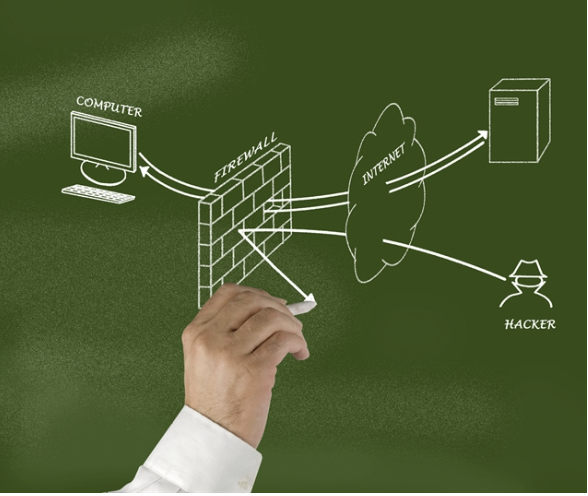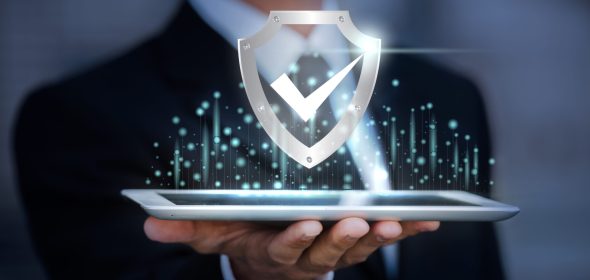Strengthening Cybersecurity for SMEs: Essential Strategies and Practices
Introduction

Understanding Cyber Threats
Types of Threats faced by SMEs
- Phishing Attacks
Phishing attacks involve deceptive emails or messages that trick individuals into revealing sensitive information, like passwords or financial details, by pretending to be from trusted sources. - Ransomware
Ransomware is malicious software that locks a victim’s files until a ransom is paid. It can disrupt operations and cause severe financial loss, with no guarantee of data recovery even after payment. - Insider Threats
Insider threats arise from individuals within an organization, like employees or contractors, who intentionally or accidentally compromise security, leading to data breaches or financial loss. - Malware and Viruses
Malware and viruses are harmful software that infiltrate systems to cause damage, steal data, or disrupt operations. They can spread through infected emails, downloads, or compromised websites.
Best Practices for Cybersecurity

Utilizing Technology Solutions

Developing a Cybersecurity Plan
Developing a comprehensive cybersecurity plan is crucial for SMEs to safeguard their digital assets. The process begins with a thorough risk assessment, identifying potential vulnerabilities within the organization’s network, systems, and processes. This step is critical as it helps prioritize risks based on their potential impact and likelihood of occurrence. Once vulnerabilities are identified and risks prioritized, the next step is to establish an incident response plan. This plan outlines the steps to take during a security breach, ensuring a swift and effective response to mitigate damage. An essential component of the incident response plan is the communication strategy, which details how to inform stakeholders, including employees, customers, and partners, about the breach while maintaining transparency and trust. By proactively developing a cybersecurity plan, SMEs can better prepare for and respond to cyber threats, minimizing potential disruptions to their business operations.
Conclusion
SMEs face unique cybersecurity challenges that require diligent and proactive measures. SMEs can significantly enhance their security posture by understanding the types of cyber threats, implementing best practices such as employee training and strong password policies, utilizing advanced technology solutions, and developing a comprehensive cybersecurity plan. Small and medium-sized businesses must prioritize cybersecurity, as the potential risks of inaction can be devastating. We encourage you to evaluate your current security measures and make necessary improvements to protect your business. For further assistance, consider seeking professional consultation or exploring additional resources to ensure your cybersecurity strategy is robust and effective. These steps will help secure your business’s future in an increasingly digital world.
References
17 Cost-Effective Cybersecurity Measures SMEs Leaders Can Implement:
https://www.forbes.com/sites/forbesbusinesscouncil/2024/04/23/17-cost-effective-cybersecurity-measures-smes-leaders-can-implement/Business Impact Report – Small Business and Cyberattacks:
https://www.tripwire.com/state-of-security/business-impact-report-small-businesses-and-cyberattacksSmall-town small business pulls through hole of high costs:
https://www.kshb.com/news/local-news/small-town-small-business-pulling-through-the-hole-of-high-cost
This article was written by Mark Perez who is currently doing his externship with Up Front Connection, as part of our collaboration with Delete the Divide, an initiative led by the County of Los Angeles to advance digital equity in underserved communities through partnerships, infrastructure investments, and technology resources that empower residents and small businesses.


